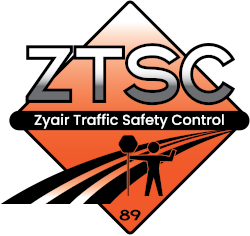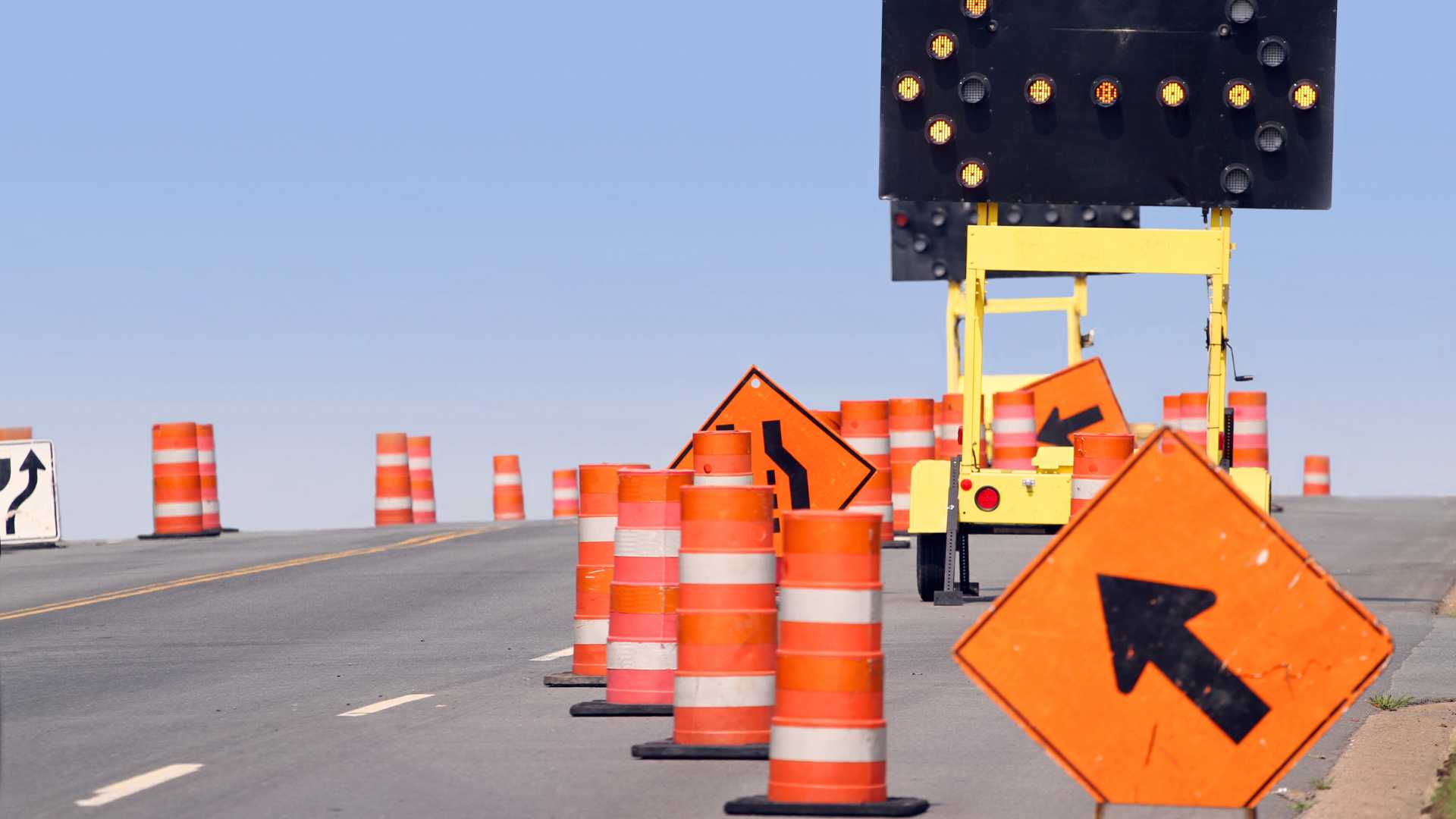Construction sites are bustling hubs of activity, often surrounded by busy roads and pedestrian areas. The dynamic environment of a construction site, combined with the constant flow of traffic, presents numerous safety challenges. Traffic control is a critical component in managing these challenges, ensuring the safety of both workers and the general public. This article explores the essential role that traffic control plays in preventing construction site accidents and how it contributes to overall project safety.
Understanding Traffic Control in Construction
Traffic control in construction refers to the strategies and measures implemented to manage the movement of vehicles and pedestrians around construction sites. These measures are designed to minimize disruptions, reduce the risk of accidents, and ensure that traffic flows smoothly, even in the presence of ongoing construction activities. Traffic control can include the use of signs, signals, barriers, flaggers, and other devices to direct traffic safely.
Key Elements of Effective Traffic Control
- Traffic Management Plans (TMPs): A well-designed Traffic Management Plan is the foundation of effective traffic control. TMPs outline the specific measures that will be implemented to manage traffic around the construction site. This includes details on road closures, detours, speed limit reductions, and the placement of traffic control devices. A comprehensive TMP ensures that all potential risks are identified and addressed, reducing the likelihood of accidents.
- Signage and Signals: Clear and visible signage is crucial for guiding drivers and pedestrians safely through or around construction zones. Signs indicating lane closures, detours, and speed limits must be strategically placed to provide ample warning to approaching traffic. In some cases, temporary traffic signals may be used to control the flow of vehicles, particularly in areas where construction activities have reduced the number of available lanes.
- Barriers and Channelizing Devices: Physical barriers, such as cones, barrels, and barricades, are used to separate construction zones from traffic lanes. These barriers help to clearly delineate work areas, preventing unauthorized vehicles from entering the construction site and reducing the risk of collisions. Channelizing devices also guide traffic smoothly around the construction area, minimizing confusion and enhancing safety.
- Flaggers and Traffic Control Personnel: Flaggers and other traffic control personnel play a vital role in managing traffic flow and ensuring the safety of both workers and drivers. These trained professionals are responsible for directing traffic, managing road closures, and providing real-time communication with drivers. Their presence is particularly important in areas with high traffic volumes or complex construction activities.
- Speed Reduction Measures: Reducing vehicle speed in and around construction zones is essential for preventing accidents. Temporary speed limits are often implemented to give drivers more time to react to changes in traffic patterns and to reduce the severity of any potential collisions. Speed reduction measures, combined with clear signage and enforcement, help create a safer environment for everyone involved.
The Impact of Traffic Control on Accident Prevention
Effective traffic control significantly reduces the risk of accidents at construction sites. By managing the flow of vehicles and pedestrians, traffic control measures help to prevent common types of construction-related accidents, such as:
- Vehicle Collisions: Proper traffic control minimizes the chances of vehicles colliding with each other or with construction equipment. Clear signage, barriers, and traffic signals all contribute to preventing such incidents.
- Pedestrian Accidents: Traffic control ensures that pedestrians are safely guided away from hazardous areas, reducing the risk of injuries caused by construction activities or passing vehicles.
- Worker Safety: By controlling traffic around the construction site, workers are protected from being struck by vehicles. This is particularly important in areas where workers are operating close to traffic lanes.
- Traffic Disruptions: Effective traffic control reduces the likelihood of traffic jams and other disruptions that can lead to accidents. Smooth traffic flow around the construction site ensures that drivers can navigate the area safely and efficiently.
Traffic control is an indispensable aspect of construction site safety. It plays a crucial role in preventing accidents by managing the interaction between construction activities and the surrounding traffic. By implementing comprehensive Traffic Management Plans, utilizing clear signage, deploying barriers, and employing trained personnel, construction companies can create a safer environment for both workers and the general public. As construction projects continue to evolve in complexity, the importance of effective traffic control will only grow, making it a key factor in the success of any construction project.


